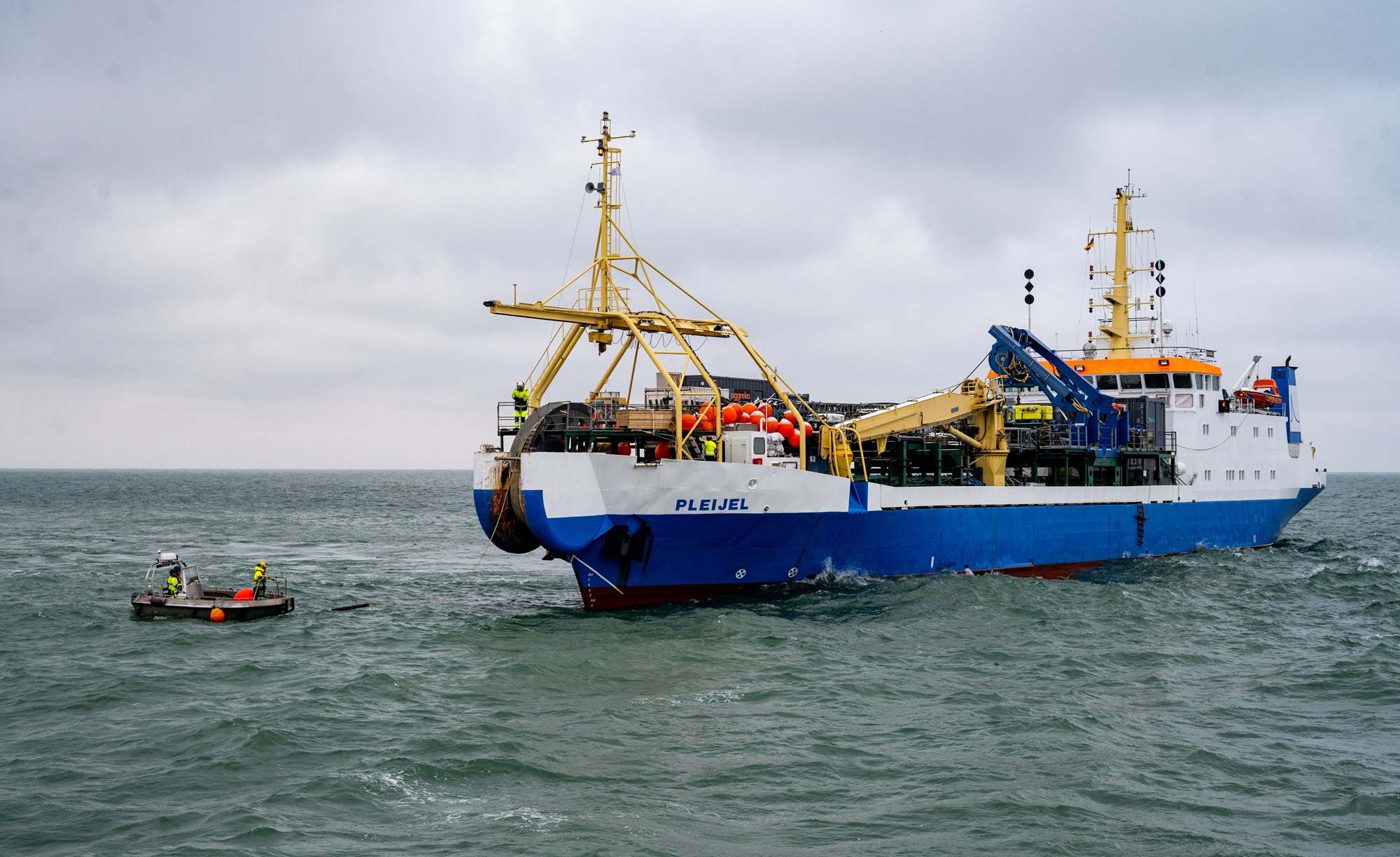
"If the cable stretches due to earthquake movements, the light echoes change. The changes can be converted into measurements, giving a fine-grained view of the event. Even in California, which is relatively well-covered by seismometers, stations are spaced several miles apart. Fiber optic sensing allows measurements down to the scale of feet. With this higher resolution, earthquake early warning alerts, like Californians receive through MyShake, could improve."
""Traditionally, it's very, very hard to see for big earthquakes, how long is the fault that's rupturing, in what direction is it going?" said James Atterholt, a seismologist with the U.S. Geological Survey and author on the research paper. "And this technology shows that with modifications, with advancements, that this could be done in real time." Some experts are skeptical that predicting earthquakes is possible. Others, including Brodsky, are cautiously optimistic."
Fiber-optic sensing detects changes in light echoes when cables stretch from earthquake movements and converts those changes into measurements. These measurements provide a fine-grained view of seismic events at scales down to feet, compared with seismometer stations spaced miles apart. Higher spatial resolution can improve earthquake early warning performance and enable more detailed, near–real-time mapping of fault rupture length and direction. Some experts remain skeptical about earthquake prediction, while others see cautious optimism. Improved instrumentation and investment are identified as necessary to advance hypotheses and test the predictability of earthquakes.
Read at Kqed
Unable to calculate read time
Collection
[
|
...
]